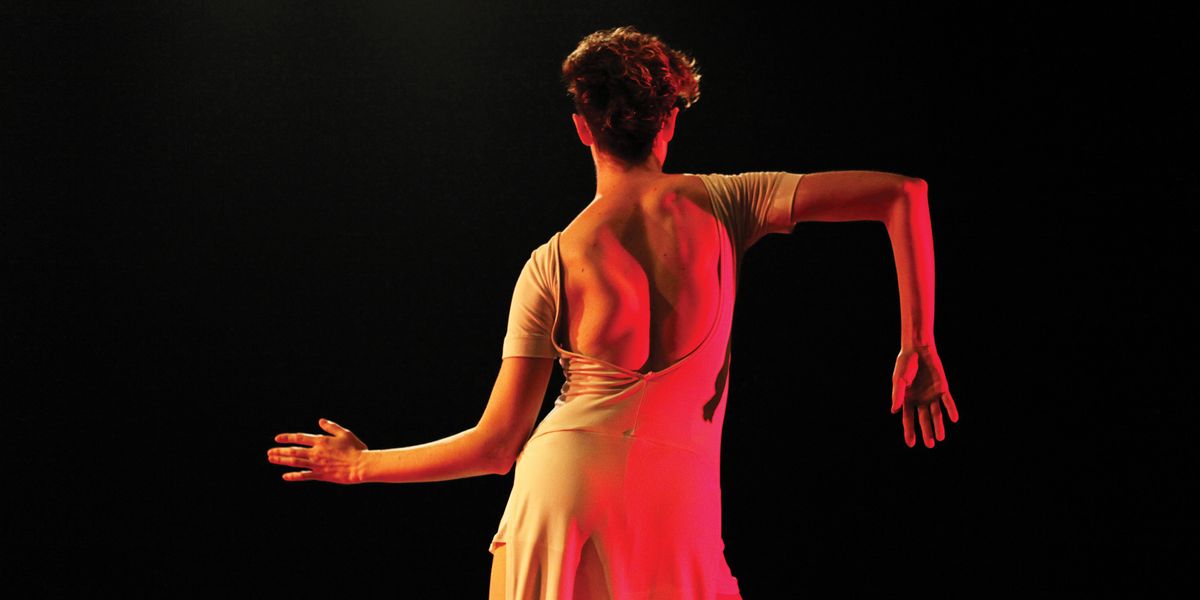Mastering Trisha Brown's Postmodern Dance Style
Postmodern pioneer Trisha Brown redefined how dance is seen and felt. A founding member of Judson Dance Theater, Brown frequently collaborated with other experimental artists like Yvonne Rainer, Merce Cunningham, Twyla Tharp, and Steve Paxton.
She embraced pedestrian movement, pairing everyday gesture with rhythm and fluidity. “It’s liquid,” says Wendy Perron, who danced with Brown in the ’60s and ’70s. “Like a river with many tributaries, water coming out of a faucet, or being on a raft and seeing the water move away in different directions.” Brown also pushed beyond stages with choreography in fields, museums—even on the sides of buildings.
Brown passed away last March, but the Trisha Brown Dance Company, founded in 1970, continues performing worldwide. “There’s no official Trisha Brown technique,” says current company member Cecily Campbell, “but there are whispers and flavors of her work all over the place.” If you’ve ever happened upon choreography that doesn’t necessarily mirror the music, with released yet controlled limb movements, sudden rushes of energy, and humorous elements, you’ve seen firsthand the widespread influence of Brown’s work on the dance community.
You’ll likely encounter Brown’s style—and maybe even her choreography—in college and beyond, as former TBDC company members include dance-world heavyweights like Stephen Petronio and Vicky Schick. DS asked the experts what it’s like to dance Trisha Brown’s work, and why her brand of fast-paced fluidity continues to captivate.
 Cecily Campbell in Brown’s “Primary Accumulation” (photo by Hal Horowitz, courtesy TBDC)
Cecily Campbell in Brown’s “Primary Accumulation” (photo by Hal Horowitz, courtesy TBDC)
The Movement
Brown’s early movement style was very logical. “She would focus on the simple mechanics of how your arm bends, then intersperse choreography with an everyday life gesture,” Perron says. “She would try to shed the drama in movement. Not like Martha Graham’s emotional contraction and release—just dance as a thing that happens.”
The result is complex, yet simple. A leg reaches out and the body leans, an impulse suddenly spins into a torque of the spine, arms are flung and the torso undulates, then everything pauses for a slight flick of a wrist. “There’s dialogue between natural, clear ways of moving and extraordinary surprises in the physicality and structure,” Campbell says.
Leah Morrison, who joined TBDC in 2005, was attracted to the style because “it tends to feel good. There’s an improvisational spirit—we hang on to spontaneity, even as we’re getting into precise details.” This spirit is featured in one of Brown’s most iconic works, Set and Reset, which premiered in 1983. With a score by Laurie Anderson and a set by Robert Rauschenberg, it’s a layered feast of seemingly improvised movements that are actually set (and reset).
Trisha Brown in 2018
There’s no company class or warm-up routine before rehearsal at TBDC. “Everyone finds their own approach to warming up for the work,” Campbell says. “We’re responsible for figuring that out ourselves, and it does change depending on the piece.” Campbell says the full body has to be ready to move quickly: “That’s important for the quirky, unexpected physical pathways Trisha loved.” In addition to bones and muscles, Campbell warms up another key feature: “Because Trisha’s eyes and mind were so alert and interested in putting many layers at play, I find it helpful to make sure my eyes are seeing in a detailed, clear way.”
You can find Trisha Brown–style classes all over these days, though class structure shifts depending on the teacher. When Morrison teaches, “I focus on the bones and making sure students have underlying support for movements that can be free, fluid, and flung.” Morrison says what’s taught in a Trisha Brown class can apply to other dance styles, but also that because of the work’s pedestrian nature, “you can take a Trisha Brown class and then practice what you learn as you’re walking, going to the gym, or playing frisbee.”
With Brown’s passing, her work lives through TBDC, and through past company members teaching and making their own choreography. “I hold the movement in my body. I feel honored to have worked with her directly,” Morrison says. Campbell feels she can access Brown by performing the work. “We’re fortunate she imbued this work with herself, with such strong spirit. She gave us places to find her inside.”
A version of this story appeared in the January 2018 issue of Dance Spirit with the title “Dancing Trisha Brown.”




